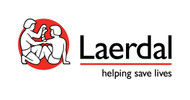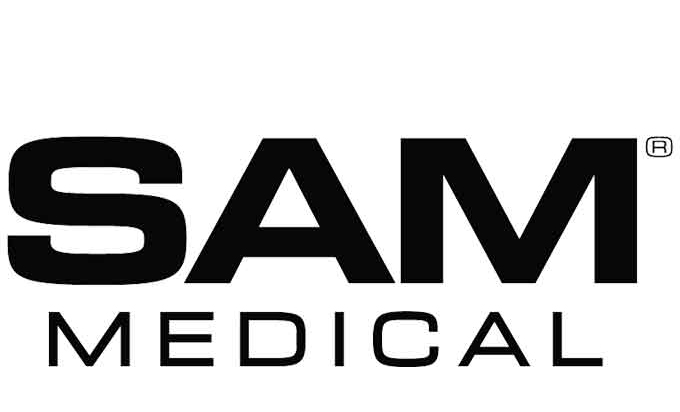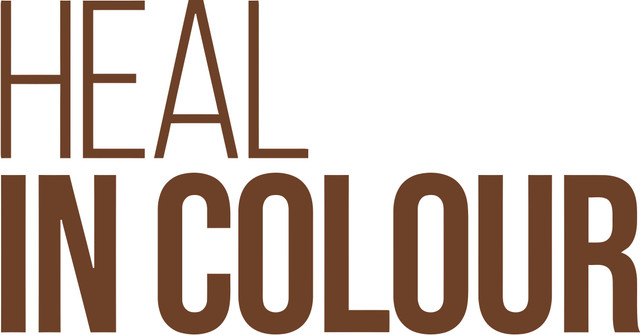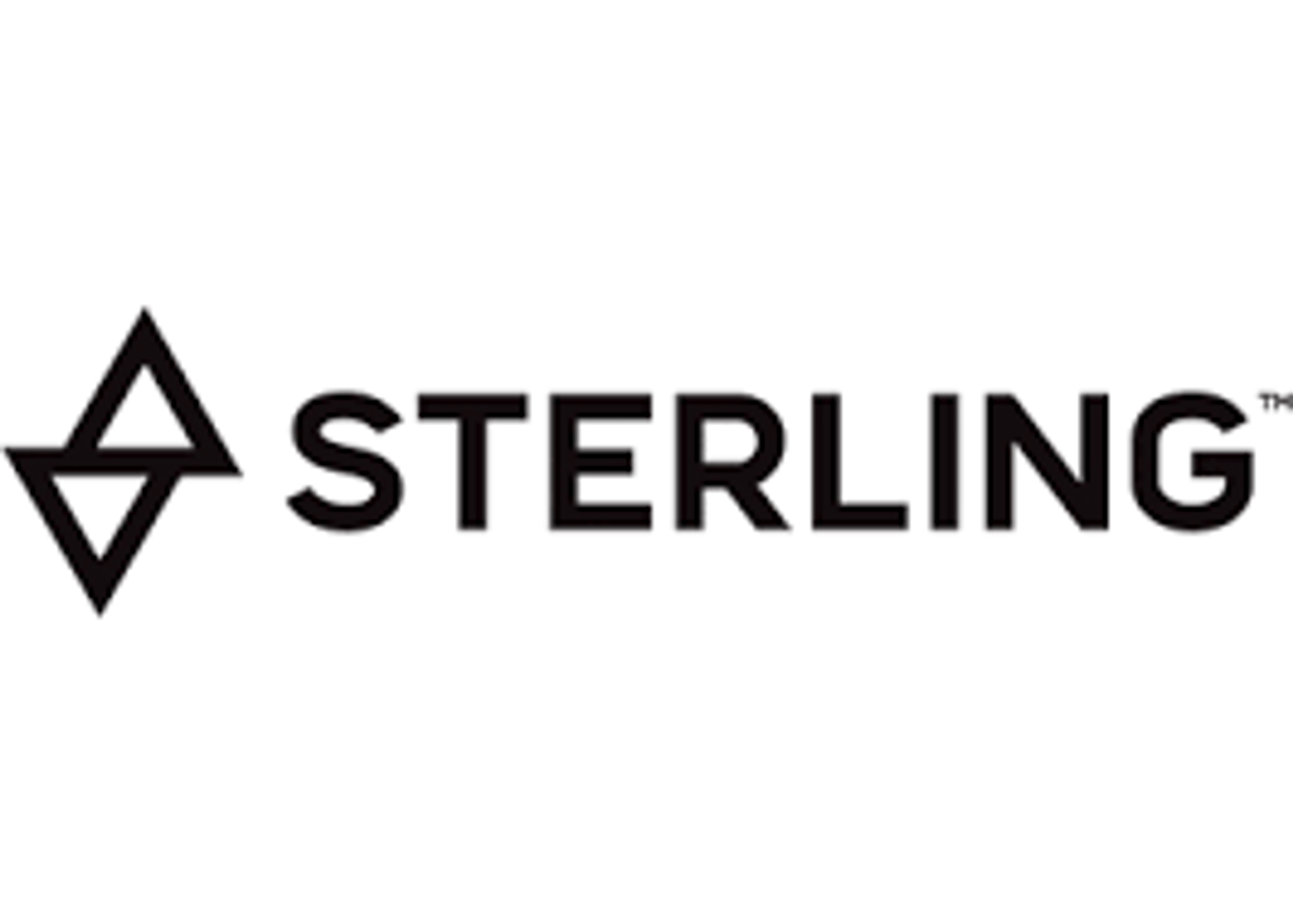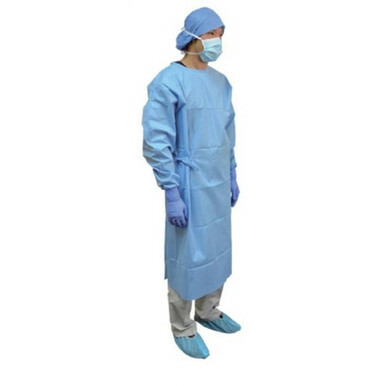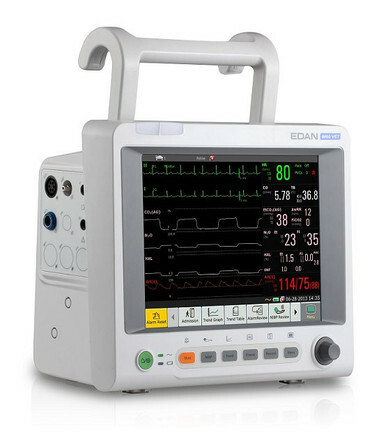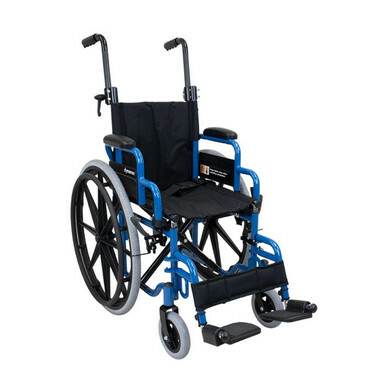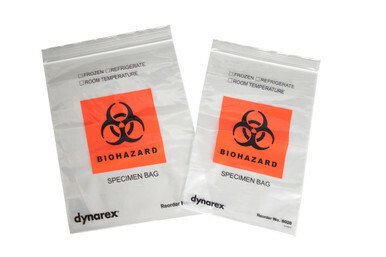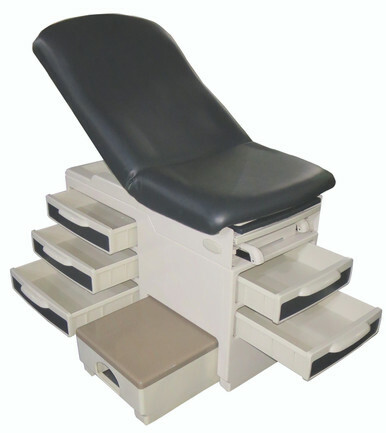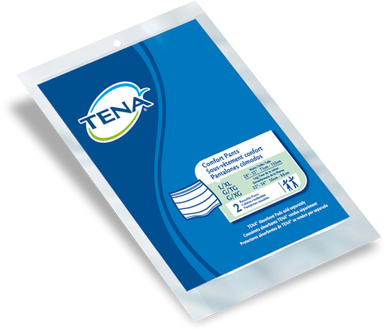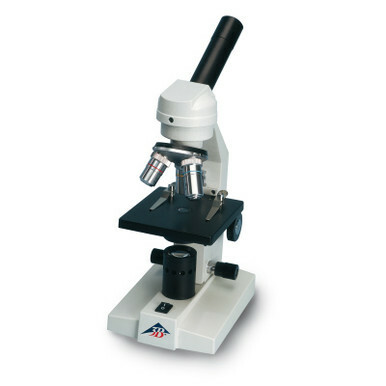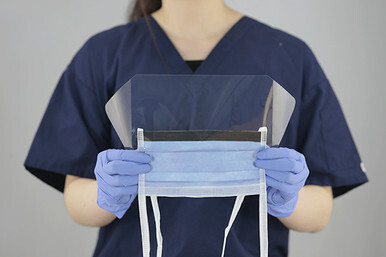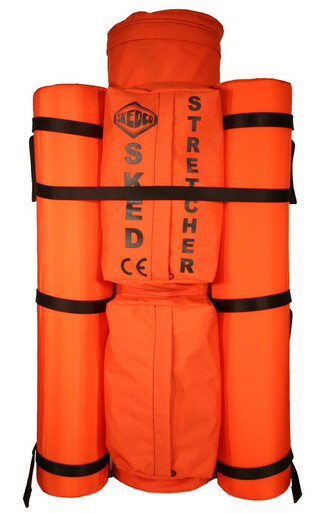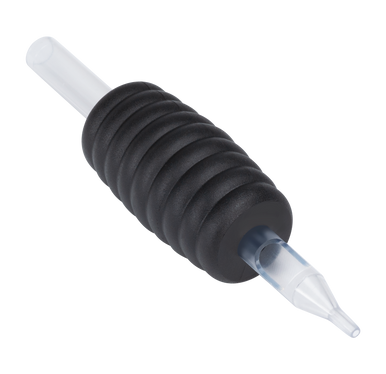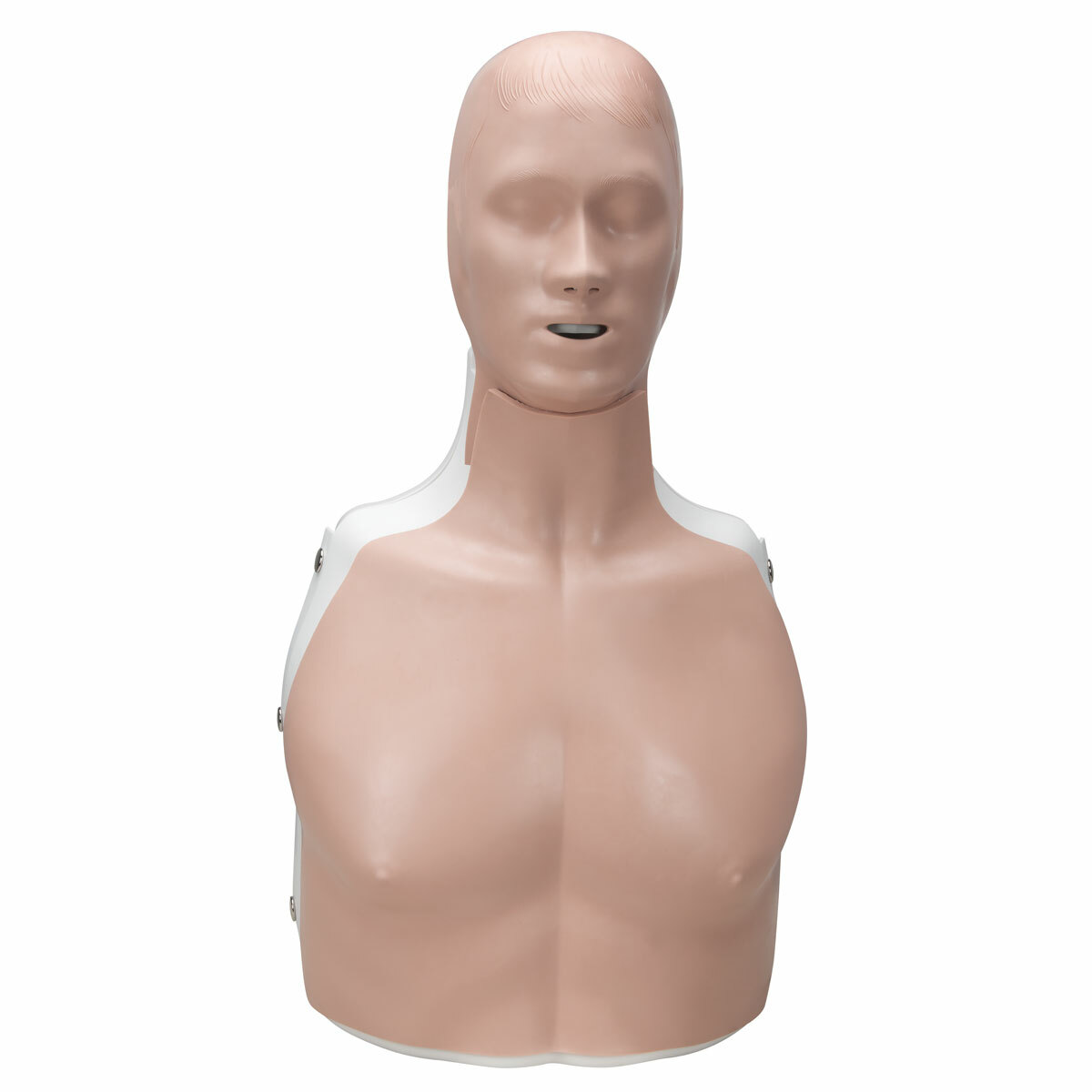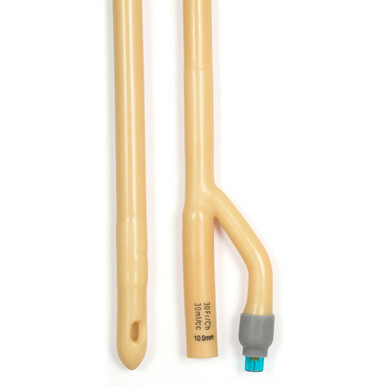Understanding Monkeypox: What You Need to Know
Posted by EMRN on 21st Aug 2024
In recent years, there has been growing concern about emerging infectious diseases, and one such disease that has caught global attention is monkeypox. Although not as widely known as other viral infections, monkeypox has become a topic of interest due to its increasing incidence in regions outside its traditional geographic range. This blog post will explore what monkeypox is, how it spreads, its symptoms, and what steps can be taken to prevent and treat this disease.
What is Monkeypox?
Monkeypox is a rare viral disease that is caused by the monkeypox virus, a member of the Orthopoxvirus genus, which also includes the viruses responsible for smallpox and cowpox. The disease was first identified in laboratory monkeys in 1958, hence the name "monkeypox." However, the primary reservoirs of the virus are rodents and other small mammals. The first human case of monkeypox was recorded in 1970 in the Democratic Republic of the Congo.
How Does Monkeypox Spread?
Monkeypox primarily spreads to humans through direct contact with the blood, bodily fluids, or cutaneous or mucosal lesions of infected animals. Human-to-human transmission can also occur, although it is less common. The virus can spread through:
- Close Contact: Direct contact with the skin lesions or body fluids of an infected person can result in transmission. This can include contact during close interactions, such as touching or sharing items with an infected individual.
- Respiratory Droplets: Prolonged face-to-face contact can lead to the transmission of respiratory droplets from an infected person to another. This mode of transmission is less efficient compared to other viruses, such as COVID-19.
- Contaminated Objects: The virus can survive on surfaces and objects that have come into contact with an infected person or animal. Handling these contaminated objects can lead to infection.
- Animal Bites or Scratches: Contact with infected animals, through bites, scratches, or preparation of animal meat, can also be a source of transmission.
Symptoms of Monkeypox
The symptoms of monkeypox are similar to those of smallpox, although generally less severe. The disease typically begins with flu-like symptoms, including:
- Fever
- Headache
- Muscle aches
- Back pain
- Swollen lymph nodes
- Chills
- Exhaustion
Within a few days of the onset of fever, a rash typically develops. The rash often begins on the face and then spreads to other parts of the body, including the palms of the hands and the soles of the feet. The rash progresses through several stages, starting as flat lesions (macules), then raised lesions (papules), fluid-filled blisters (vesicles), and finally, pustules, before crusting over and falling off. The rash can be painful, and the lesions may leave scars.
Diagnosis and Treatment
Diagnosing monkeypox involves clinical assessment and laboratory testing. Healthcare providers may suspect monkeypox based on a patient's symptoms, travel history, and possible exposure to infected animals or individuals. Laboratory tests, including polymerase chain reaction (PCR) testing, can confirm the presence of the monkeypox virus.
There is no specific treatment for monkeypox. However, because monkeypox is related to smallpox, antiviral drugs and vaccines developed for smallpox may be effective in treating and preventing monkeypox. Supportive care, including managing symptoms and preventing secondary infections, is crucial in managing the disease.
Prevention
Preventing monkeypox involves several strategies:
- Vaccination: The smallpox vaccine has been shown to provide cross-protection against monkeypox. In regions where monkeypox is endemic, vaccination of at-risk populations can help prevent outbreaks.
- Avoiding Contact with Wild Animals: People should avoid handling or coming into close contact with wild animals, especially those that are sick or dead. This includes refraining from consuming bushmeat, which may be a source of the virus.
- Good Hygiene Practices: Regular handwashing with soap and water or using an alcohol-based hand sanitizer can reduce the risk of transmission.
- Isolation of Infected Individuals: Infected individuals should be isolated from others to prevent the spread of the virus. Healthcare providers should use appropriate personal protective equipment (PPE) when caring for patients with suspected or confirmed monkeypox.
Global Perspective and Recent Outbreaks
While monkeypox has historically been confined to Central and West Africa, recent outbreaks have been reported in other parts of the world, including Europe and North America. These outbreaks have raised concerns about the potential for the virus to spread more widely.
The increase in cases outside of Africa may be due to several factors, including global travel, changing ecosystems, and a decline in smallpox vaccination, which provided some level of immunity against monkeypox. Public health authorities are closely monitoring these outbreaks and taking measures to contain the spread of the virus.
Conclusion
Monkeypox is a rare but serious viral disease that has garnered increased attention due to recent outbreaks in non-endemic regions. While the disease is generally less severe than smallpox, it can still cause significant illness and requires careful management and prevention strategies.
Understanding the modes of transmission, recognizing the symptoms, and implementing preventive measures are key to controlling the spread of monkeypox. As global health challenges continue to evolve, staying informed about emerging diseases like monkeypox is crucial for protecting public health.
By remaining vigilant and following recommended precautions, individuals and healthcare providers can help prevent the spread of monkeypox and minimize its impact on communities worldwide.



